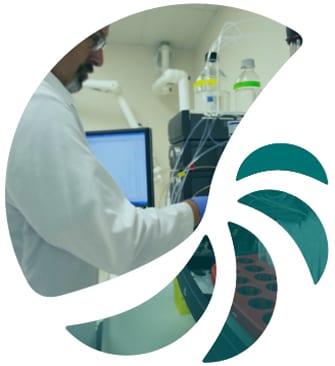IPEC-J2 cell culture conditions and bacterial adherence assays:
…To test for the effects of endogenous LT expressed by the bacteria on adherence in isogenic porcine-origin ETEC strains that had not demonstrably shown an effect of LT on colonization [14], inocula were prepared and directly applied to the IPEC-J2 cells, as described above. To test the effect of exogenous LT on adherence on these strains, LT (List Biological Laboratories) at a concentration of 1, 10, or 100 ng/ml per well was added (pre-incubation) 1 h prior to bacterial inoculation. To test the potential of GM1 ganglioside to mitigate the effects of LT on adherence, LT at a concentration of 10 ng/ml or 100 ng/ml was incubated with the cells 1 h prior to their inoculation with bacteria, and 10 ng/ml or 100 ng/ml GM1 ganglioside (Sigma) was applied to the IPEC-J2 cells at the time of bacterial inoculation. Three independent experiments were performed for each assay.
Test of effects of different carbohydrates on LT production and secretion:
To test the effects of different sugars on LT secretion, CAYE media containing glucose, sucrose or fructose at 0%, 0.25%, 0.5%, 1%, or 2% were prepared. Strains were cultured in different media as described above, with aliquots taken at 0, 2, 4, and 6 h post-inoculation (PI). These samples were centrifuged (2500g, 10 min), and supernatants taken to analyze for LT concentrations by GM1-ELISA as previously described [17]. Three independent experiments were performed for each assay.
Author did not indicate which specific lethal factor was utilized. List Labs provides Product #172 (Anthrax Lethal Factor (LF), Recombinant from B. anthracis) and Product #169 (Anthrax Lethal Factor (LF-A), Recombinant from B. anthracis Native Sequence).



